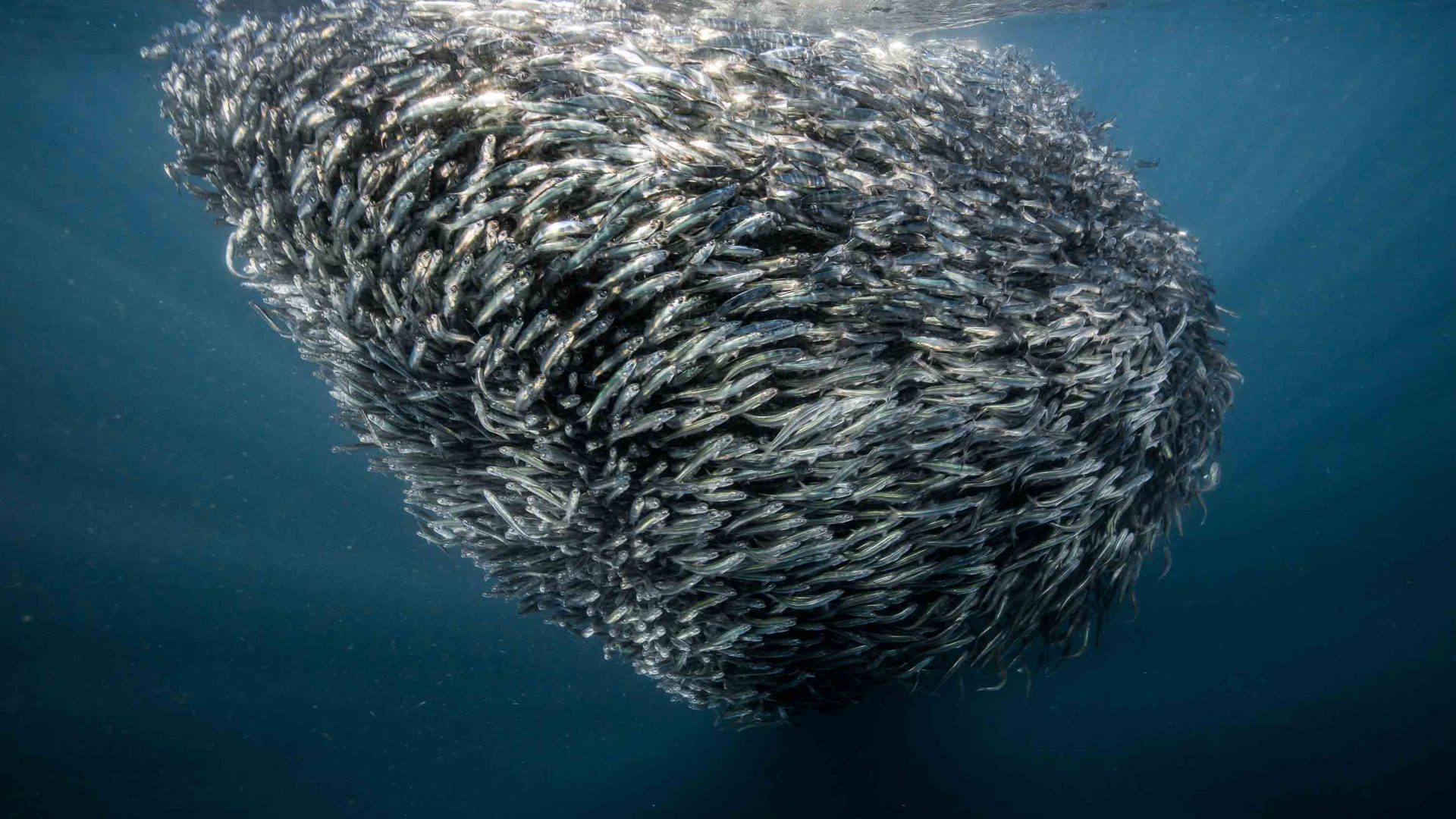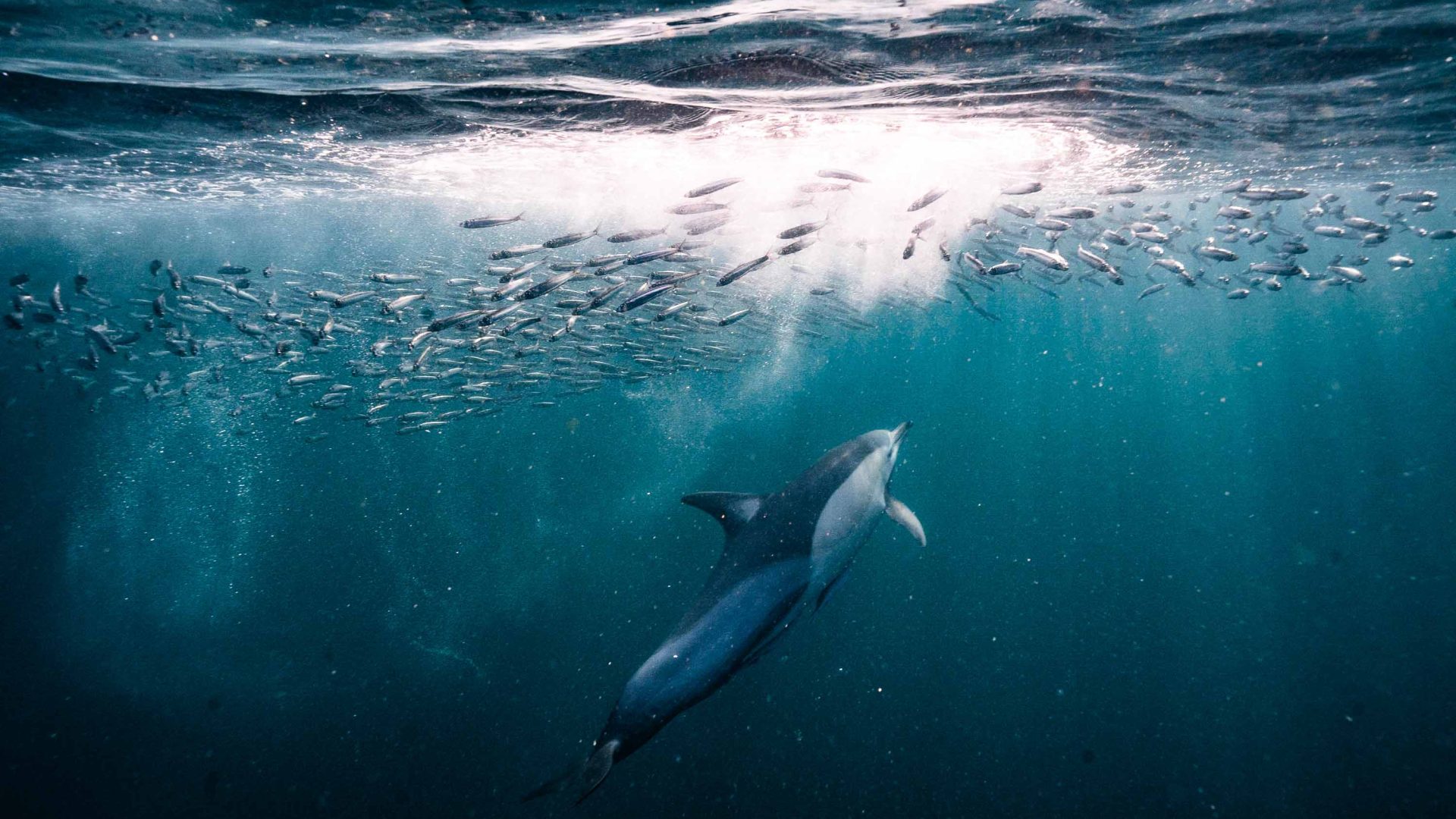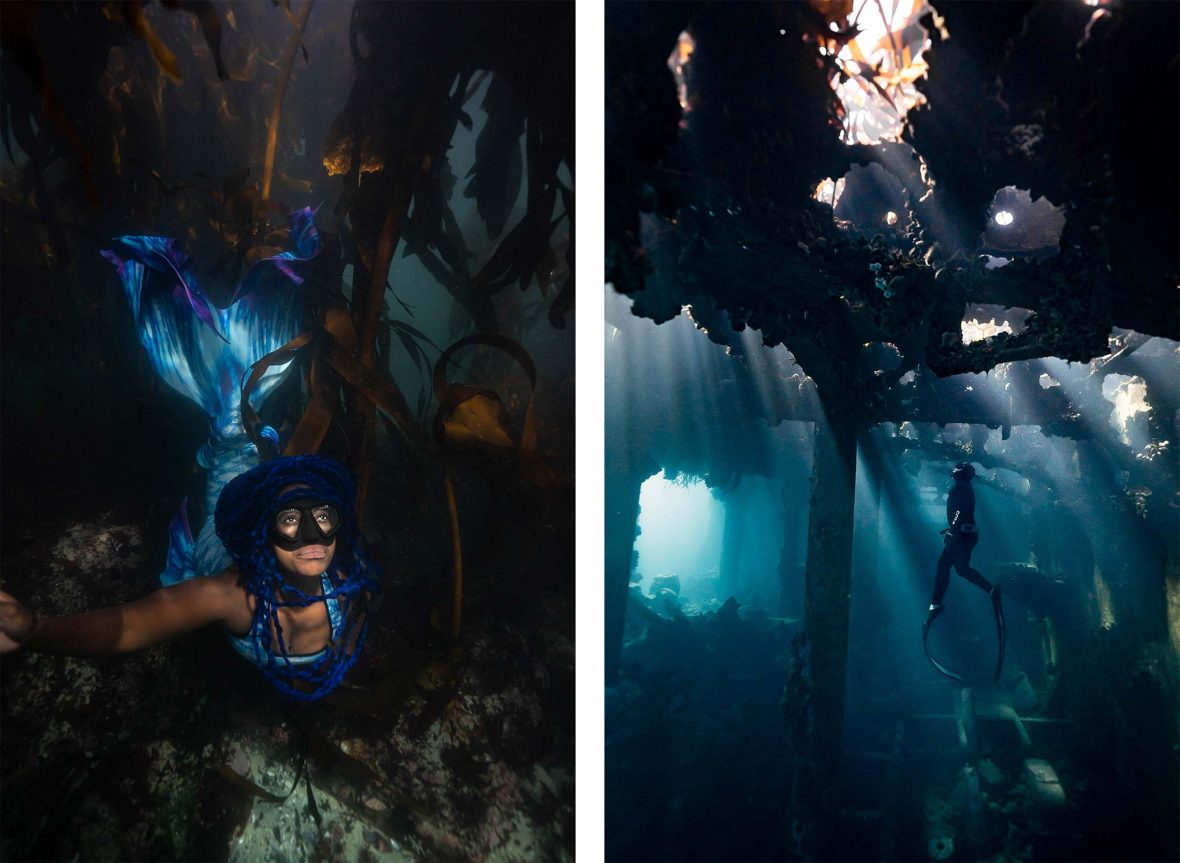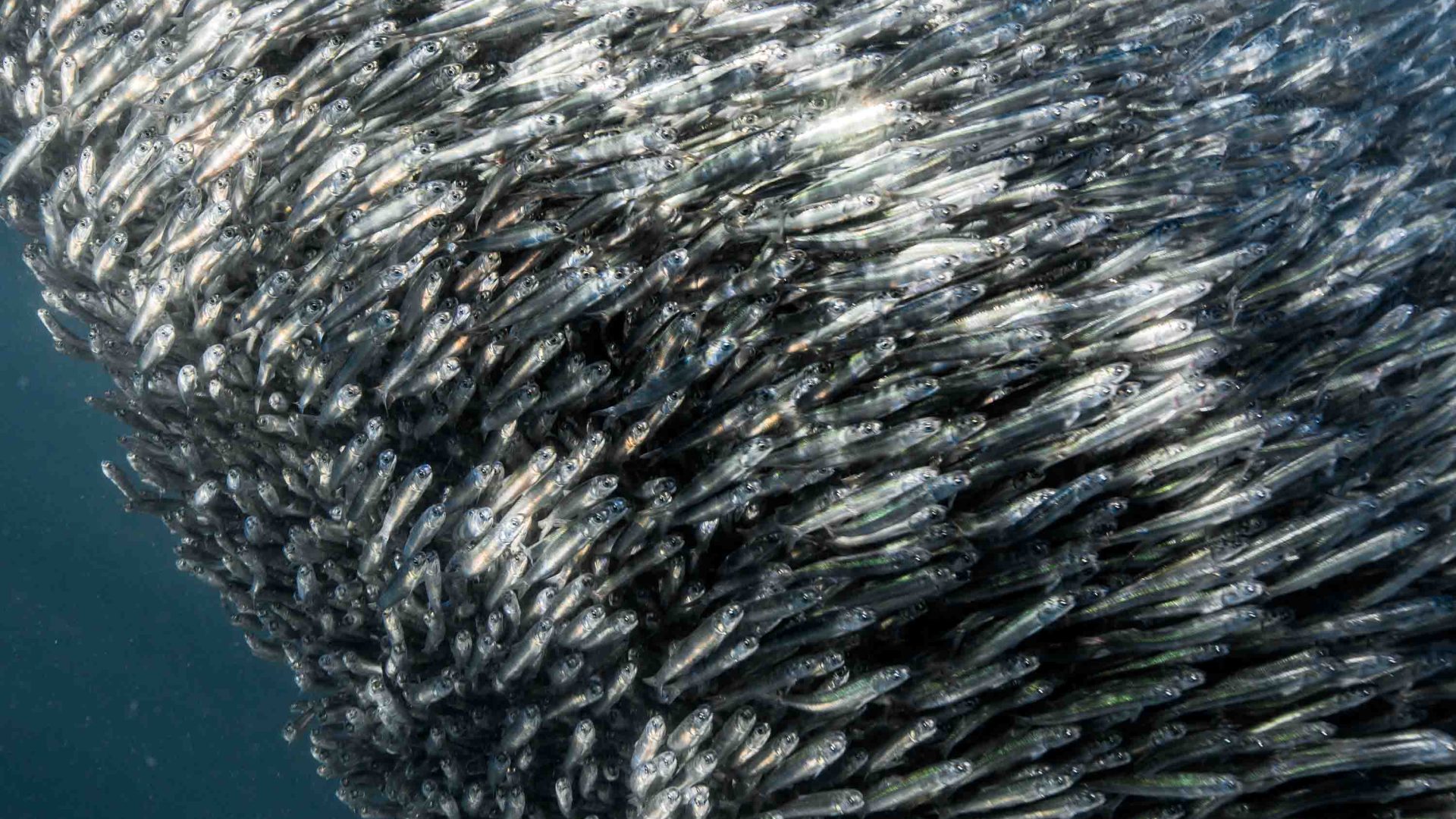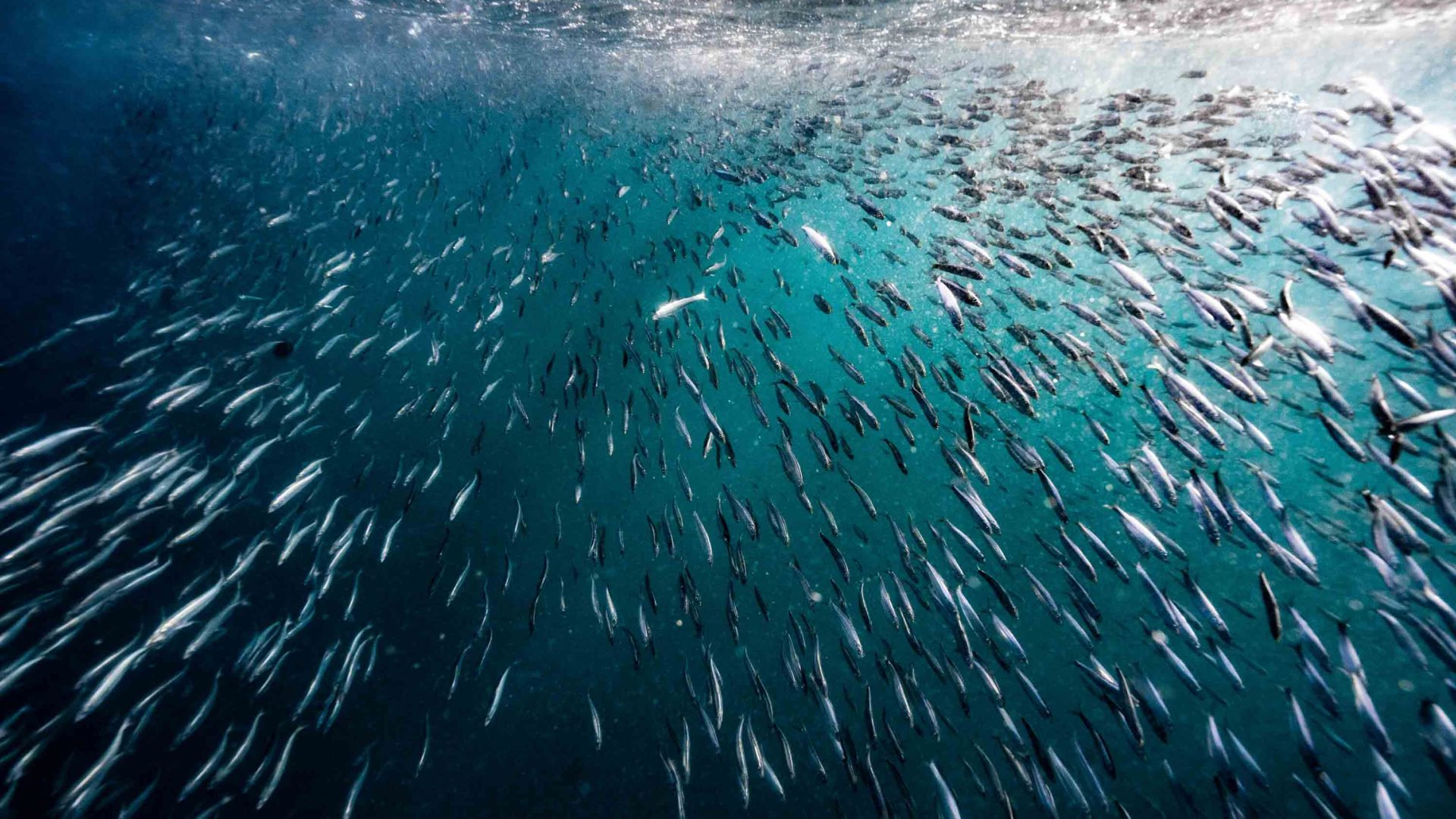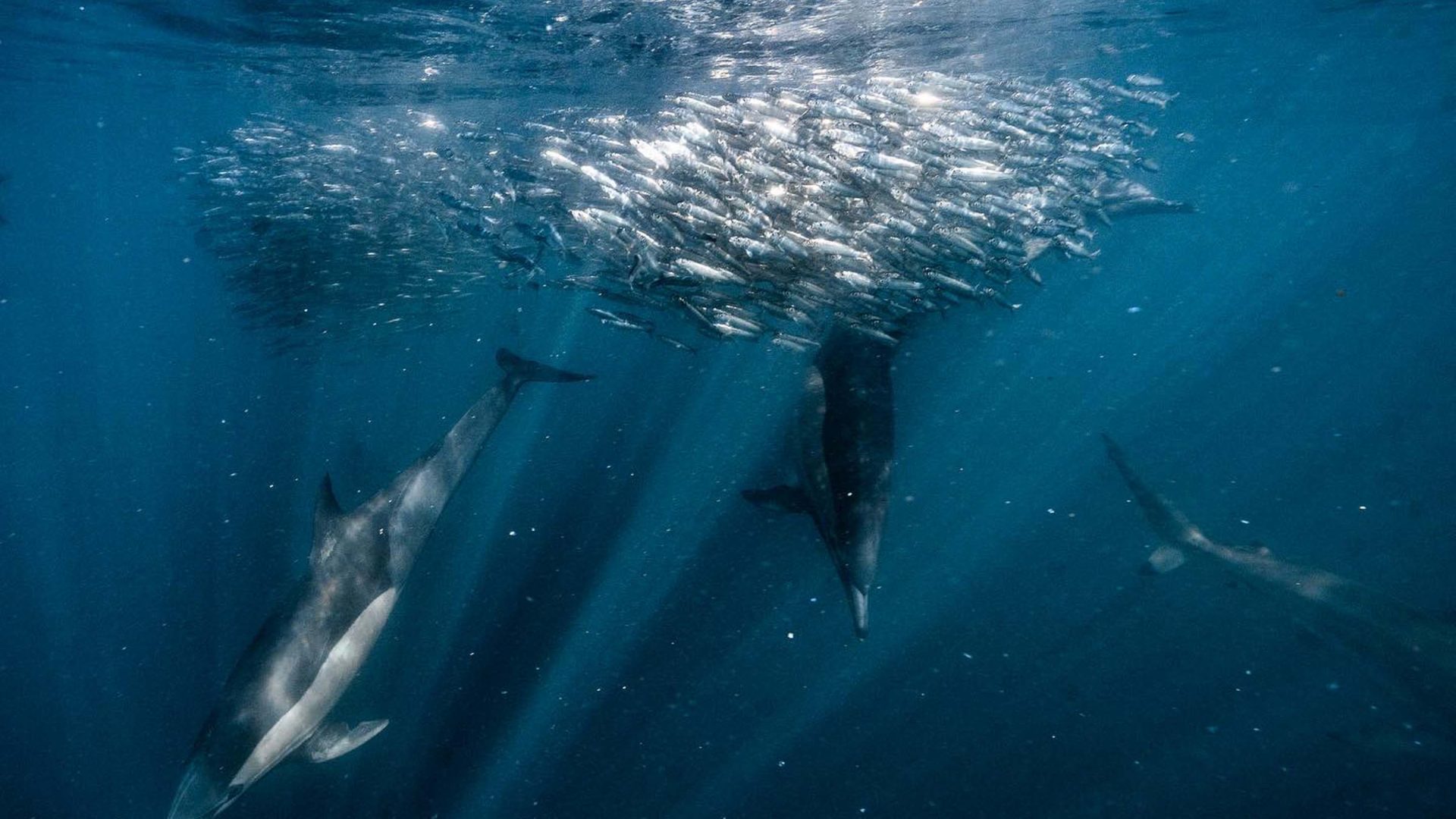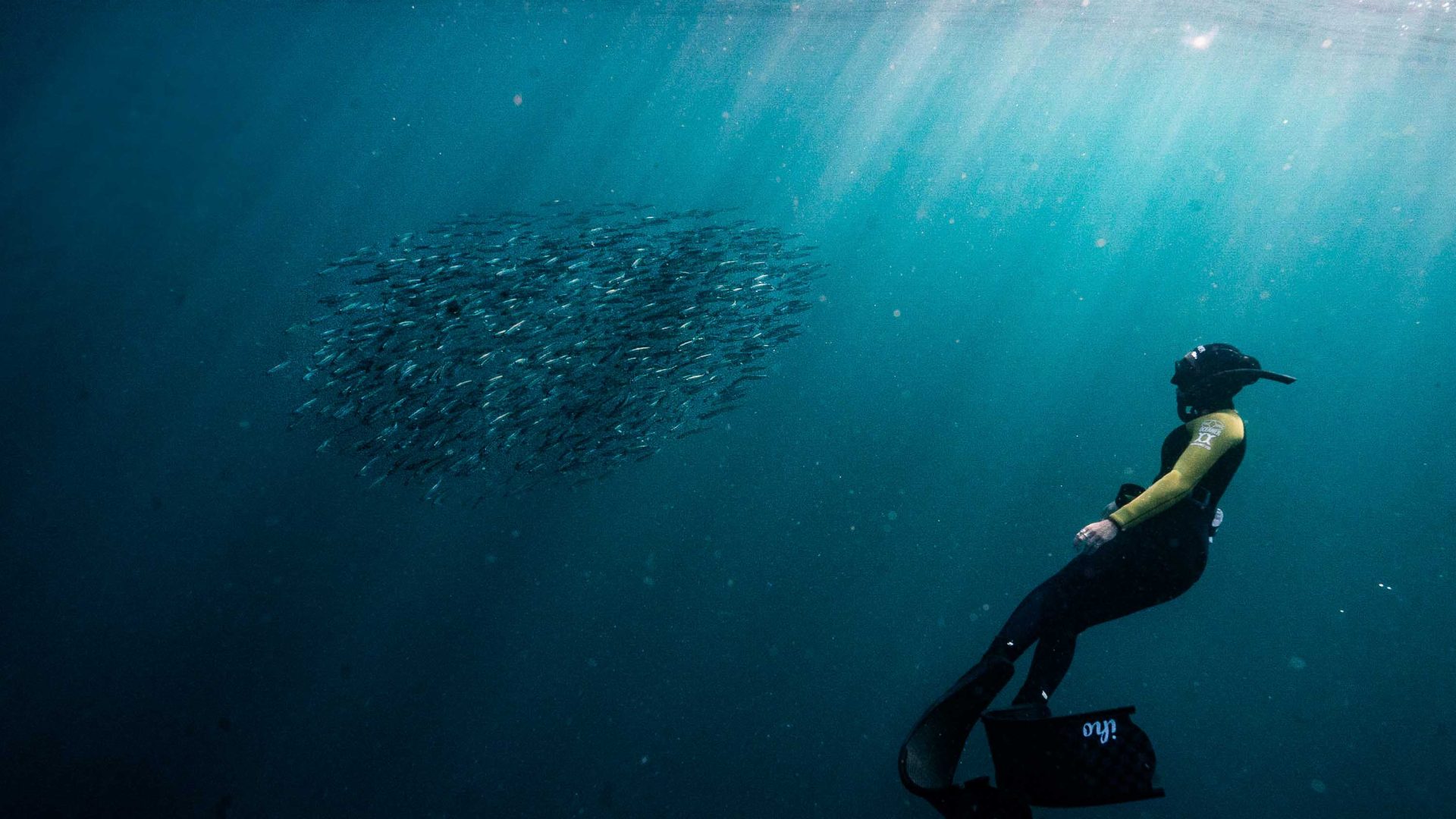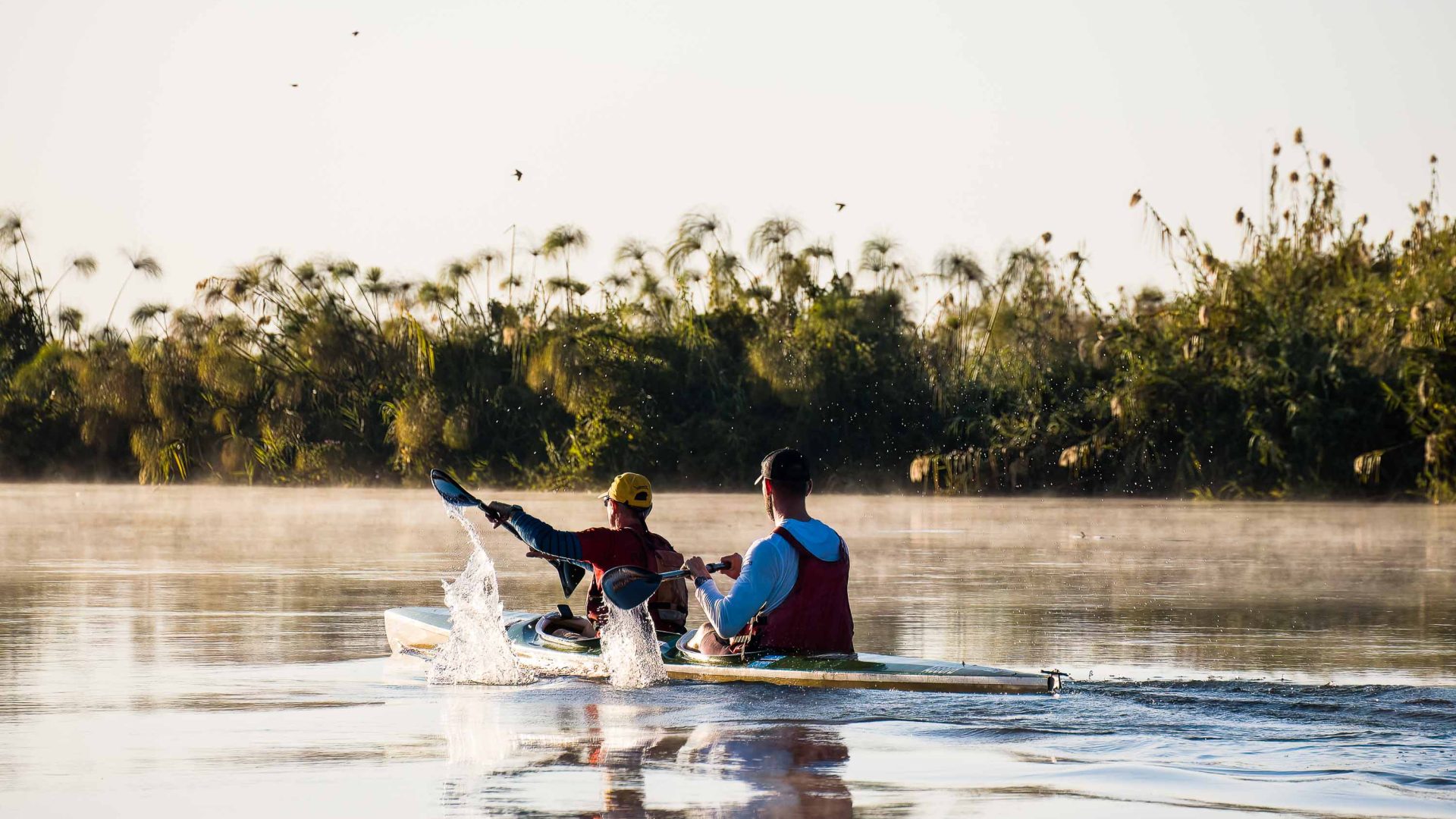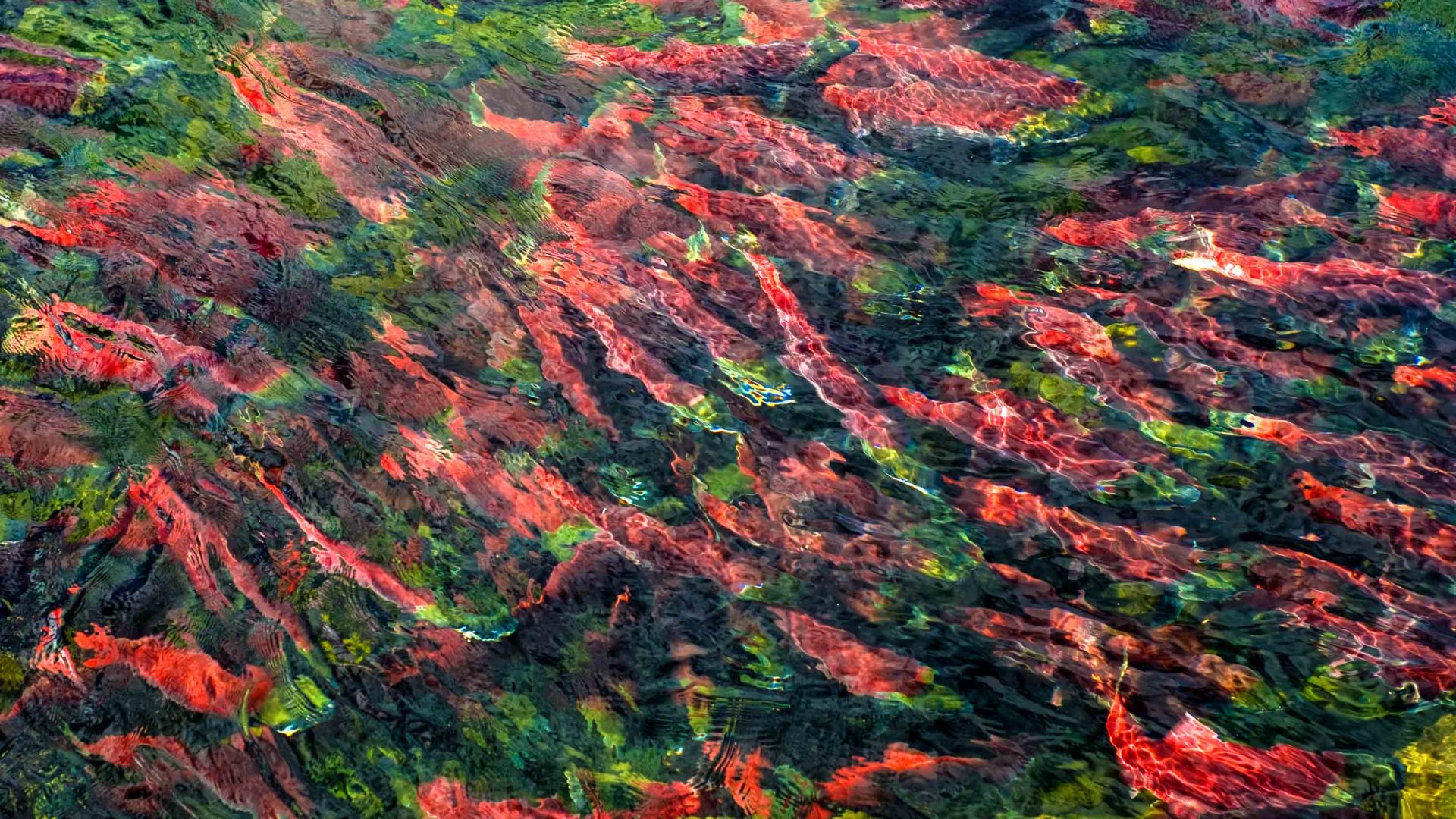As I gear up for the upcoming season, I wonder: What does it mean to have the privilege and accessibility to such spaces? In the world of marine encounters—or any wildlife space, for that matter—what responsibility do we have towards the destinations we are visiting?
These places are more than mere backdrops to Eat, Pray, Love on journeys of self-discovery. Especially in a country with such a complex past, it feels disrespectful to relegate this devastatingly beautiful coastline to anything less.
In 2021, the Wild Coast made headlines again in a highly contested battlefield for Shell to search for oil. When news broke, the country’s youth went up in arms. The public outcry put pressure on the government, and in a historic victory, Shell’s right was revoked.
For a multitude of reasons, the Wild Coast remains a sacred place for many South Africans, and the sardine run is a symbolic confluence of these elements—mankind and nature, exploitation and conservation, Black and white, displacement and home.
“I would love to work towards something that enables local people to witness the run… that allows them to tap into an inheritance that is theirs to begin with,” Ndhlovu says hopefully. “It would be incredibly powerful.”
—
Editor’s note: This article has been amended to make clear that while it is possible to view the sardine run from the beach, that that differs from the experience of diving the run, which this focuses on.




